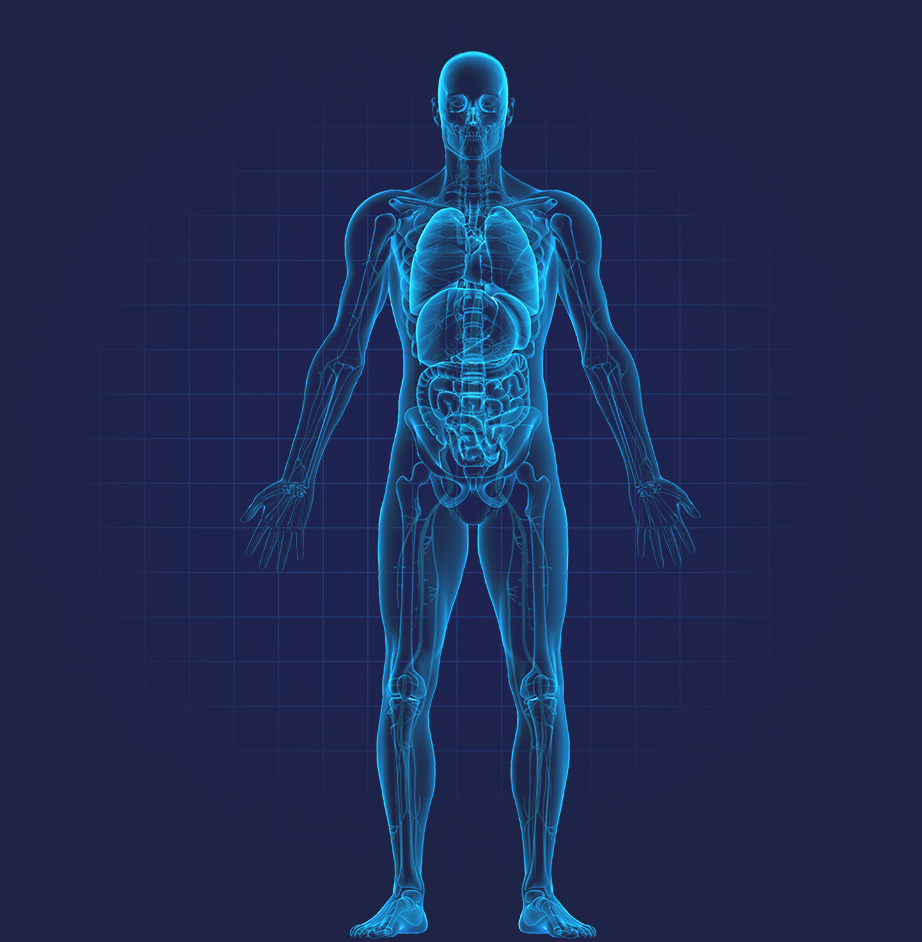Arthrodesis (Si Joint Fusion) in Dallas
Arthrodesis is a surgical procedure that fuses the bones of a joint, effectively eliminating movement in that joint. This is done to ease pain, increase stability, or correct deformities, especially when other treatments have failed or are not suitable, such as in severe arthritis or joint damage.
Different Types of Si Joint Fusion
- Foot. Arthrodesis surgery in the foot corrects deformities and eases chronic pain.
- Spine. Spinal si arthrodesis fusion joins vertebrae to stabilize the spine and ease nerve pressure.
- Sacroiliac joints. SI joint fusion reduces lower back pain by fusing the sacroiliac joints.
- Wrists. Wrist fusion eases pain from arthritis or injury by stabilizing the wrist bones.
- Fingers and thumbs. Fusion of these joints reduces arthritis pain and improves function.
Si joint Fusion Surgery Details
- Anesthesia. The patient receives general or spinal anesthesia to provide comfort during the operation.
- Incision. A small incision is made near the sacroiliac joint in the lower back.
- Joint Preparation. The surgeon removes damaged cartilage and prepares the joint surfaces for fusion.
- Insertion of Implants. Special implants or bone grafts are placed into the joint space to promote bone growth.
- Stabilization. These implants stabilize the joint, allowing the bones to fuse over time.
- Closure. The incision is closed with sutures or surgical staples.
- Recovery. Post-operative care includes pain management and physical therapy.
This procedure is similar to spinal arthrodesis, where parts of the spine are fused to reduce pain and improve stability.

What Does Arthrodesis Treat?
- Severe Arthritis. Joint fusion relieves pain from advanced osteoarthritis or rheumatoid arthritis by eliminating movement in the affected joint.
- Joint Instability. Joint arthrodesis stabilizes joints that are prone to dislocation or have damaged ligaments.
- Fractures. Joint fusion can fuse bones that have not healed properly after a fracture.
- Deformities. It corrects deformities resulting from conditions like clubfoot or severe bunions.
- Infections. Chronic joint infections that have damaged the cartilage may be treated with joint fusion.
- Neuromuscular Disorders. Conditions that affect muscle control, leading to unstable joints, may benefit from joint arthrodesis.
- Failed Joint Replacements. If a joint replacement fails or is not possible, arthrodesis procedure serves as an alternative to reduce pain.

How does for Si Joint Fusion work with other Treatments?
SI joint fusion can complement other treatments to effectively manage sacroiliac joint pain. Before opting for sacroiliac joint fusion surgery, patients often try conservative methods like physical therapy, medications, and injections to reduce pain and improve mobility. If these treatments provide limited relief, the sacroiliac joint fusion procedure becomes a viable option.
This surgery stabilizes the joint by fusing the sacrum and ilium bones, which can improve the effectiveness of ongoing therapies. Post-surgery, patients usually continue with physical therapy to strengthen surrounding muscles and regain flexibility. Pain management strategies may also be adjusted to support recovery. By using joint fusion with other treatments, patients often experience better function and a better quality of life.
What Are the Benefits vs. Risks of an Arthrodesis Procedure?
What are the Advantages of Arthrodesis?
Arthrodesis is a surgical procedure that helps patients with severe joint damage. The following are the main advantages of this method:
What are the long-term effects of si joint fusion
Many patients find relief after arthrodesis surgery, but it’s important to discuss potential long-term side effects with your healthcare provider.
Choose Us for Arthrodesis Surgery in Dallas, TX
When considering arthrodesis surgery, choosing the right provider is the most important decision for an effective treatment. At Foundation Pain & Spine Pain Management Clinic in Dallas, TX, led by Dr. Thompson, we offer fully personalized care to help you regain mobility and reduce pain. Dr. Thompson brings years of experience and a genuine approach to each patient, so you receive the highest quality treatment.
Our pain management clinic offers personalized care plans that may include arthrodesis surgery and supportive treatments like a steroid injection to ease discomfort. By focusing on your individual needs, we aim to boost your quality of life and restore function.
Take the first step to a pain-free future with us! Contact Foundation Pain & Spine today to schedule a consultation with Dr. Thompson and learn how we can help you on your way to recovery.

Our Insurance Partners
At Foundation Pain & Spine, Dr. Thompson and his team are here to help patients find relief from pain. Effective pain relief starts with a pain specialist and Dr. Thompson is here for you.
What Clients Say About Us
Frequently Questions About Arthrodesis
What is Arthrodesis?
Arthrodesis is a surgical procedure that fuses two or more bones in a joint to eliminate movement and reduce pain, often used to treat joint pain and instability.
How Soon can I Drive After SI joint Fusion Surgery?
The timeline for resuming driving after SI joint fusion surgery varies based on your recovery progress and individual factors. Generally, patients are advised to wait until they can comfortably and safely operate a vehicle, usually around 6 to 8 weeks post-surgery.
How to Sit After SI joint Fusion?
After SI joint fusion, it’s important to sit with proper posture, using a chair with good support. Avoid sitting for prolonged periods and follow your surgeon’s recommendations to prevent strain on the surgical site.
What to Expect After SI joint Fusion?
After SI joint fusion, expect some pain and discomfort as you recover, along with a period of reduced mobility. You may need physical therapy and follow-up visits to ensure proper healing and regain function.
How Long is SI joint Fusion Surgery?
SI joint fusion surgery typically lasts between 1 to 3 hours, depending on the complexity of the case and the specific surgical approach used.

Where Are You
Experiencing
Pain?
Come Find Us
Office Hours
Weekdays: ![]() 8:00 AM - 4:00 PM
8:00 AM - 4:00 PM
Weekends: ![]() Closed
Closed


